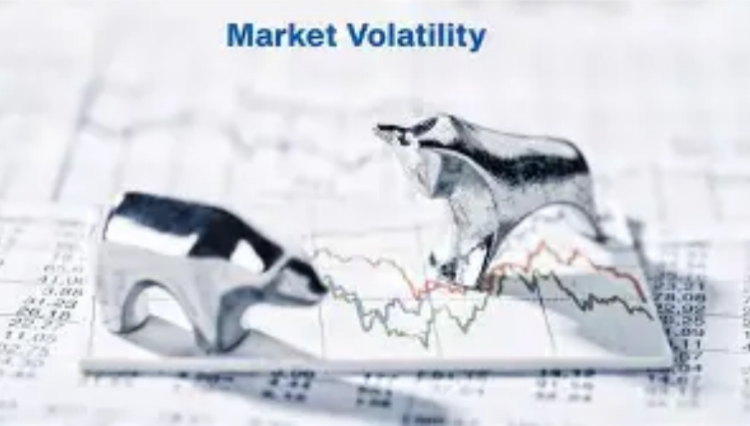For wealthy individuals exploring the complicated landscape of investing, the idea of an index fund automatic investment plan—consistent, gradual contributions to funds that track the market—has been praised as a foolproof method. Yet, within this apparently simple strategy, there are hidden complexities that dispute the idea of being “sure to succeed.” Let’s examine the details that smart investors need to think about.
The Fallacy of "Set - It - Forget - It" in Volatile Markets
The strategy of dollar-cost averaging is designed to lessen the effects of market fluctuations, but it cannot escape severe market situations. In times of financial crises or rapid drops in the market, even well-diversified index funds can suffer major losses. For example, during the global financial crisis of 2008, leading indices fell by more than 50%, which greatly reduced the value of portfolios managed through long-term automatic investment plans. Investors who spend heavily and have large amounts of capital must understand that sudden market shifts can interrupt the usual steady growth expected from automatic investment plans.
Additionally, events around the world, technological changes, and specific industry failures can affect how indices perform. Relying solely on automatic investment plans without taking into account broader economic changes can result in lower returns. Wealthy investors, who often have more complicated financial objectives and a higher willingness to take risks, should actively monitor their investments and make strategic adjustments to their automatic investment plans.

Tailoring automatic investment plan to High - Net - Worth Objectives
Wealthy investors should view automatic investment plans for index funds as a customizable approach rather than a universal solution. Their financial holdings typically incorporate a variety of assets, including alternative investments, real estate, and private equity. As a result, the strategies for these investment plans should reflect their overall asset distribution. Rather than merely investing in general market indices, high-net-worth individuals might consider niche or themed index funds. For instance, funds that target sustainable energy, fintech, or biotechnology can offer access to rapidly growing sectors while helping to diversify away from conventional market benchmarks.

Additionally, affluent investors can utilize automatic investment plans to enhance tax-efficient wealth management. By carefully planning when to make contributions and withdrawals, they can reduce tax burdens, particularly in areas with intricate tax laws. This approach necessitates a more advanced strategy compared to typical automatic investment plans, combining financial planning insights with tailored investment techniques.
Advanced Strategies for Optimizing automatic investment plan Performance
Wealthy investors have the option to move away from strict monthly investment routines and instead adopt flexible automatic investment strategies. The "value-based" method changes contribution levels based on market conditions: it boosts investments when market indices indicate low price-to-earnings ratios to take advantage of undervalued situations, and it decreases the frequency or amount of investments during market high periods.The "multi-index" method spreads investments across different asset types and geographical areas by integrating global indices, funds from emerging markets, and bond indexes. This approach aims to improve diversification in portfolios and achieve better returns over time. Implementing these sophisticated strategies calls for thorough market research and a readiness to break away from traditional automatic investment methods.

In conclusion, although automatic investment plans centered around index funds have their advantages, the idea of "guaranteed success" is misleading, particularly for affluent investors. Recognizing their constraints, aligning with personal financial objectives, and employing dynamic methods can transform automatic investment plans from mere passive systems into valuable parts of effective wealth management.







